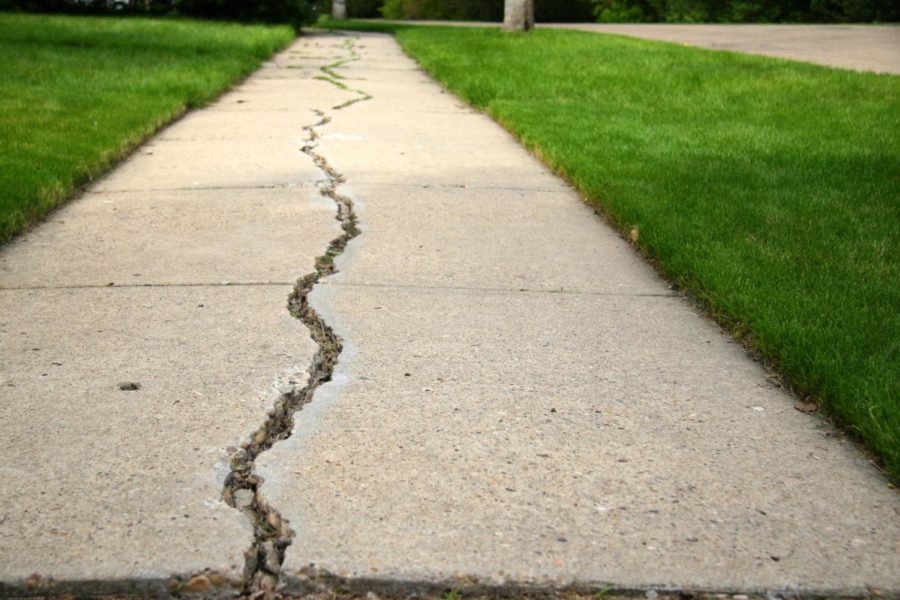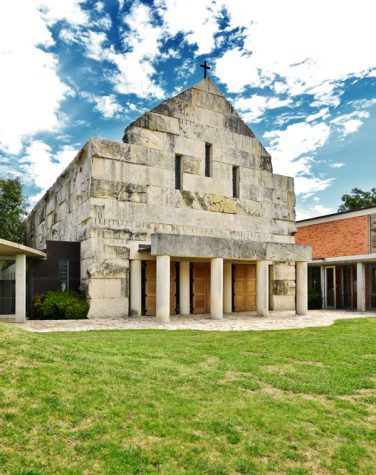Fault Lines
Photo Credit: Simon Law
December 16, 2018
There are many famous major fault lines; the fault lines under San Andreas, in particular, have received a lot of attention from various sources due to the fact that they might be a serious danger for surrounding cities. The San Andreas fault is famous, or rather infamous, for causing some incredibly high magnitude earthquakes and geological disasters. While it is the most famous, it’s important to remember that there are many more fault lines all over the earth.
“All right,” you say “that sounds interesting, but why did I need to hear about it?” Well, the easy answer is that you go to school over one every day. That’s right, Cistercian’s campus is located over a minor fault line, and it may have some effects on our school in the future. Those of you who have been at Cistercian for a number of years have almost certainly noticed small earthquakes here and there, but these small earthquakes are not the only possible problems that a fault line might cause. Some important and perhaps truly devastating possibilities include fault ruptures, liquefaction, and landslides, all of which would cause massive damage to a building in the affected area. Fault ruptures happen when one side of the fault moves away from the other, resulting in one piece of earth moving drastically up, and the other moving drastically down. A building with its foundation over this rupture could be torn apart. Liquefaction is caused by an earthquake which shakes the ground in such a way that it can behave like quicksand. This results in buildings sinking into the ground, causing water damage as well as part of the building being buried underground. Finally, a landslide would leave anything on top of the hill without any legs (or any ground) to stand on.
All of these geological events could be quite devastating, but what are the odds that any of this could come to Cistercian? Not very high. Any of these would be a fairly rare occurrence on one of the really big fault lines. Cistercian is not on one of those and is built on sturdy ground which has not had to deal with any real geological problems. However, it might be worth contacting city or county officials to determine if there is any possible danger, and if so what steps could be taken to assuage those dangers At the end of the day, although we as a school should be aware and cautious of our situation, do not let fear of our fault line keep you up at night, because you really have nothing to worry about for the foreseeable future.









